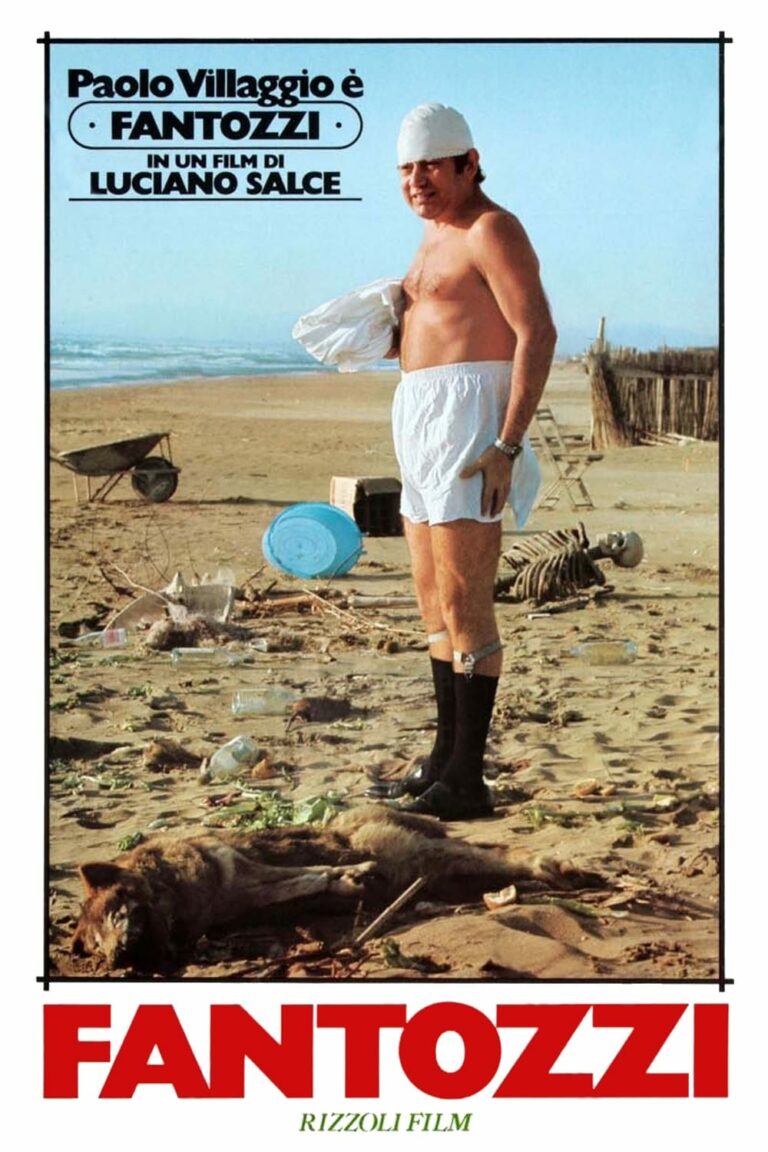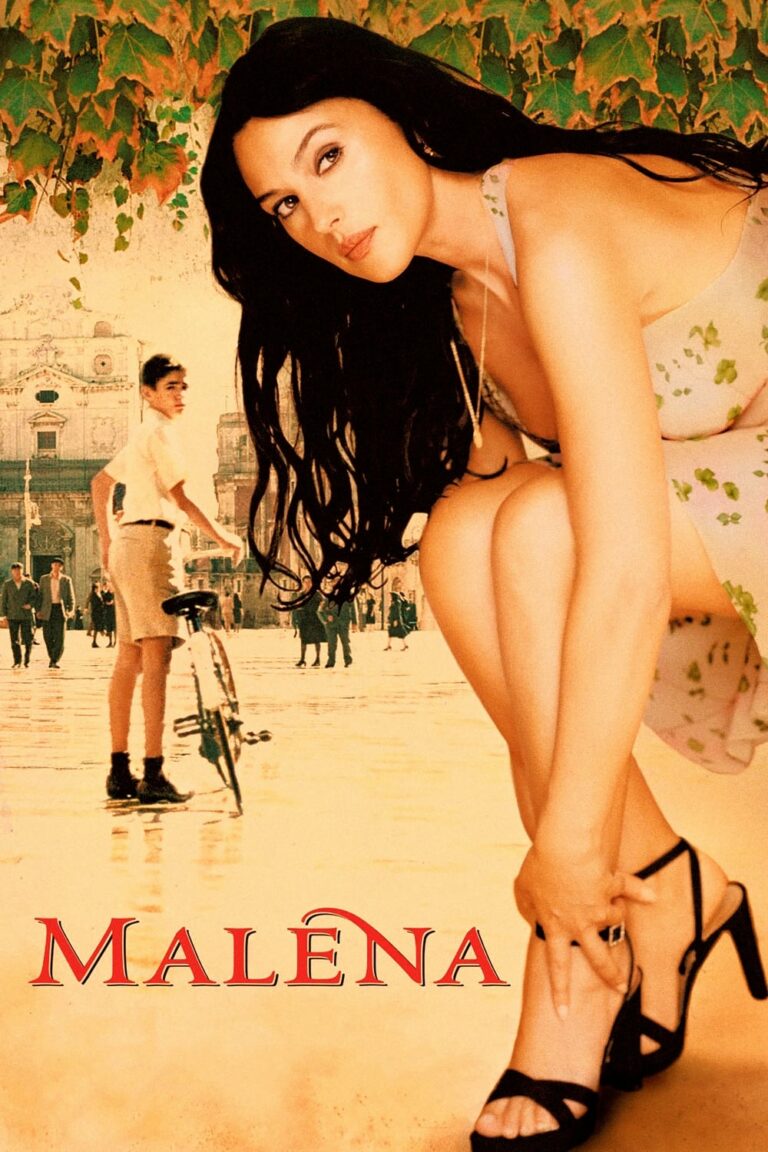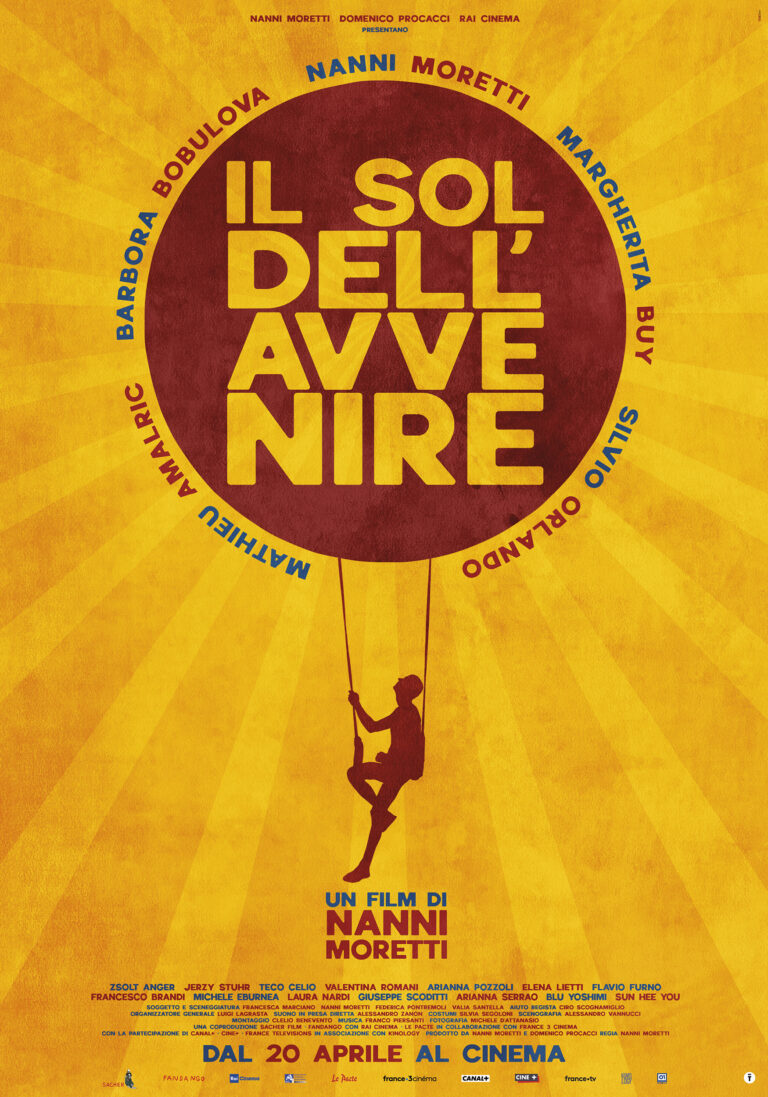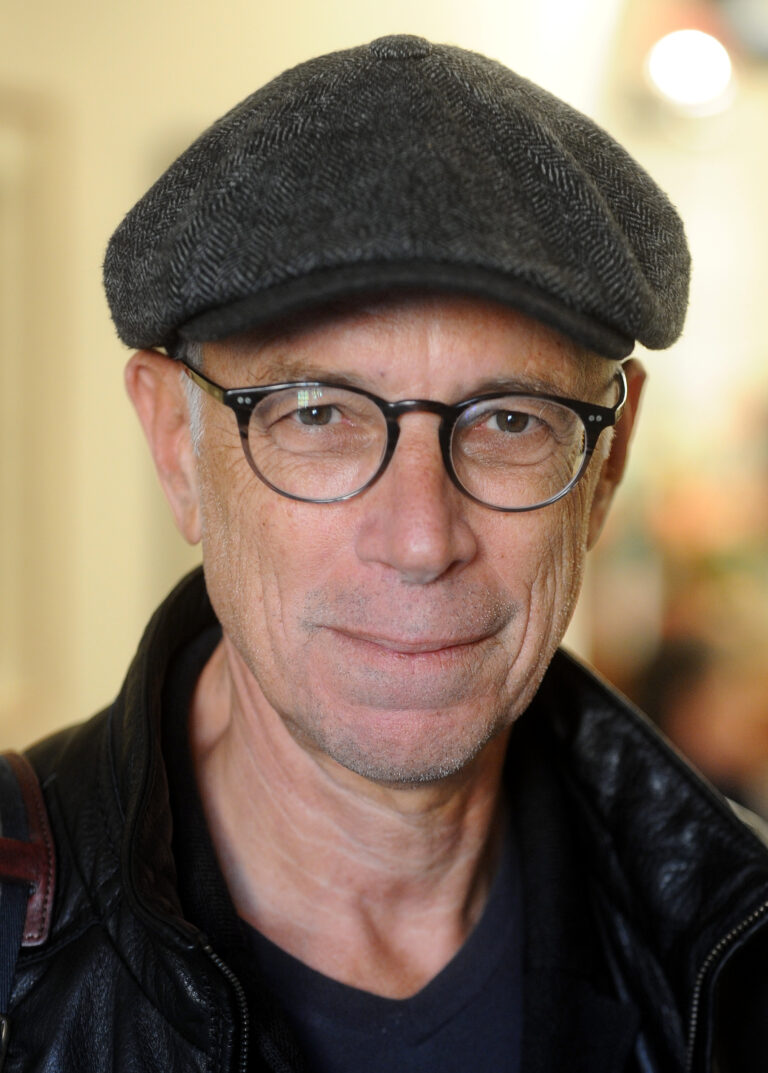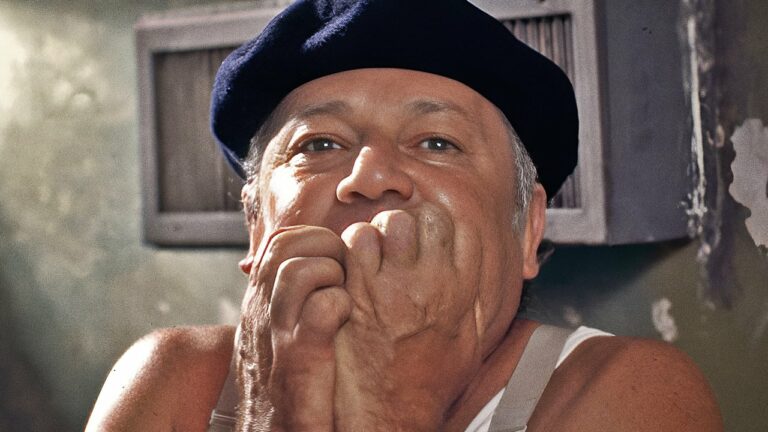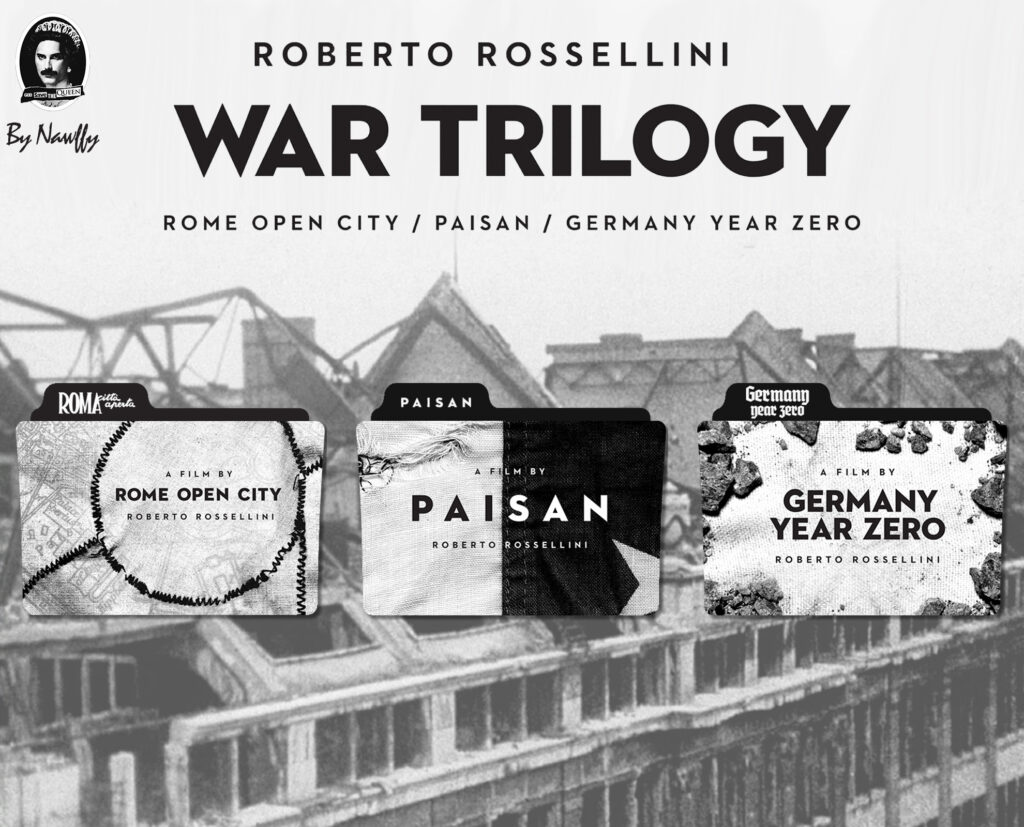
Roberto Rossellini’s War Trilogy—Rome, Open City (Roma città aperta, 1945), Paisan (Paisà, 1946), and Germany, Year Zero (Germania anno zero, 1948)—stands as one of the most significant achievements in cinematic history. These films are cornerstones of Italian neorealism, a movement that emerged after World War II, emphasizing realism, human resilience, and the profound impact of war on ordinary lives. Rossellini’s trilogy captures the devastation of war with unflinching honesty while offering glimpses of hope and humanity amidst the ruins.
Introduction
Roberto Rossellini’s War Trilogy is a profound exploration of the physical and emotional toll of World War II. Through these films, Rossellini examines the lives of ordinary people caught in extraordinary circumstances. By employing non-professional actors, location shooting, and raw storytelling, the trilogy captures the harsh realities of war with a visceral intensity that revolutionized cinema.
Each film focuses on a different aspect of the war: resistance in occupied Rome (Rome, Open City), the Allied liberation of Italy (Paisan), and the aftermath of the war in Germany (Germany, Year Zero). Together, they form a powerful testament to the resilience of the human spirit in the face of unimaginable hardship.
Historical Context
Italian neorealism emerged in the 1940s as a response to the devastation of World War II. Filmmakers sought to portray the struggles of ordinary people with authenticity and emotional depth, rejecting the escapism of pre-war cinema. Neorealism emphasized real locations, naturalistic performances, and a focus on social issues, creating a new cinematic language that resonated worldwide.
Rossellini’s War Trilogy is a quintessential example of this movement, reflecting Italy’s collective trauma and its hope for a better future.
Rome, Open City (1945)
Plot Summary
Set in Nazi-occupied Rome during 1944, Rome, Open City follows resistance fighters and ordinary citizens as they struggle against tyranny. The story centers on Don Pietro (Aldo Fabrizi), a courageous priest aiding the resistance, and Pina (Anna Magnani), a working-class woman whose fiancé, Francesco, is involved in the underground movement.
Tragedy strikes as the Gestapo captures resistance leader Manfredi, leading to Don Pietro’s heroic martyrdom.
Themes
- Resistance and Sacrifice: The film highlights the courage of those who fought against oppression.
- Faith and Morality: Don Pietro’s actions embody the moral responsibility to resist evil.
- Human Suffering: Pina’s death and Manfredi’s torture underscore the brutal cost of war.
Impact
As Rossellini’s first major success, Rome, Open City brought international attention to Italian neorealism. It won the Grand Prize at the Cannes Film Festival in 1946 and established Anna Magnani as a cinematic icon.
Paisan (1946)
Structure
Paisan is composed of six episodic stories set during the Allied invasion of Italy, from Sicily to the Po Valley. Each segment explores the complex relationships between Italian civilians and Allied soldiers, capturing the nuances of liberation and its challenges.
Key Episodes
- Sicily: A Sicilian girl leads an American soldier through dangerous territory.
- Naples: A mischievous orphan befriends a Black American soldier.
- Rome: A prostitute forms a fleeting connection with a drunken GI.
- Florence: A nurse risks her life to find her lover in a war-torn city.
- Monastery: Catholic monks and American chaplains navigate religious and cultural differences.
- Po Valley: Partisans and Allied soldiers face tragedy in their fight against German forces.
Themes
- Communication and Misunderstanding: Language and cultural barriers highlight the complexities of war.
- Human Connection: Despite differences, the characters share moments of profound solidarity.
- The Cost of Liberation: The film examines the sacrifices made during Italy’s struggle for freedom.
Significance
Paisan received critical acclaim for its innovative structure and emotional depth. Its episodic format reflects the fragmented realities of war, making it a poignant exploration of human resilience.
Germany, Year Zero (1948)
Plot Summary
Set in post-war Berlin, Germany, Year Zero follows 12-year-old Edmund Kohler as he navigates a city in ruins. Struggling to support his ailing father and despondent siblings, Edmund falls under the influence of a former teacher who espouses Nazi ideology. Tragedy unfolds as Edmund’s actions lead to devastating consequences.
Themes
- Moral Collapse: The film examines the ethical disintegration of a society ravaged by war.
- Innocence and Corruption: Edmund’s journey reflects the loss of childhood innocence in a world devoid of hope.
- Post-War Despair: The ruins of Berlin serve as a stark metaphor for the psychological and physical devastation of war.
Critical Reception
Germany, Year Zero is often regarded as the darkest film in the trilogy. Its unflinching portrayal of despair and moral ambiguity earned praise for its boldness but also sparked controversy for its bleakness.
Shared Themes in the Trilogy
- The Human Cost of War
Rossellini focuses on ordinary people, highlighting their resilience and suffering. - Moral Complexity
The trilogy avoids simplistic narratives, portraying war as a morally ambiguous struggle. - Faith in Humanity
Despite the horrors of war, moments of compassion and solidarity offer hope.
Rossellini’s Directorial Vision
Rossellini’s commitment to realism defined his approach. He employed non-professional actors, natural lighting, and real locations to create an immersive experience. His focus on small, human stories within the larger context of war made the trilogy emotionally resonant and universally relatable.
Cinematography and Style
The trilogy’s visual language is marked by stark contrasts, long takes, and an unpolished aesthetic. Cinematographers like Aldo Tonti and Otello Martelli used handheld cameras and naturalistic framing to enhance the sense of immediacy. The use of ruined cities as backdrops amplifies the emotional impact of the narratives.
Reception and Legacy
Rossellini’s War Trilogy received widespread acclaim, influencing filmmakers like Roberto De Sica, Luchino Visconti, and the French New Wave directors. The films remain essential viewing for their historical significance and artistic innovation.
Comparison to Other Neorealist Works
While other neorealist films, such as Bicycle Thieves and Umberto D., focus on individual struggles, Rossellini’s trilogy explores broader societal impacts. His use of episodic storytelling and international perspectives sets his work apart.
FAQs
- Why is the trilogy significant in film history?
It revolutionized cinematic storytelling by prioritizing realism and human emotion. - Do the films need to be watched in order?
No, each film stands alone, though they share thematic connections. - Are the films historically accurate?
While dramatized, the trilogy reflects real events and experiences from WWII. - What makes Rossellini’s style unique?
His use of non-professional actors, real locations, and minimalist aesthetics creates a sense of authenticity. - Which film is the most popular?
Rome, Open City is the most celebrated, but all three are critically acclaimed.
Conclusion
Roberto Rossellini’s War Trilogy is a monumental achievement that captures the human cost of war with unparalleled depth and realism. Through Rome, Open City, Paisan, and Germany, Year Zero, Rossellini not only shaped the neorealist movement but also redefined the possibilities of cinema. These films remain timeless reminders of the resilience of the human spirit in the face of unimaginable hardship, ensuring their place in the pantheon of cinematic masterpieces.
